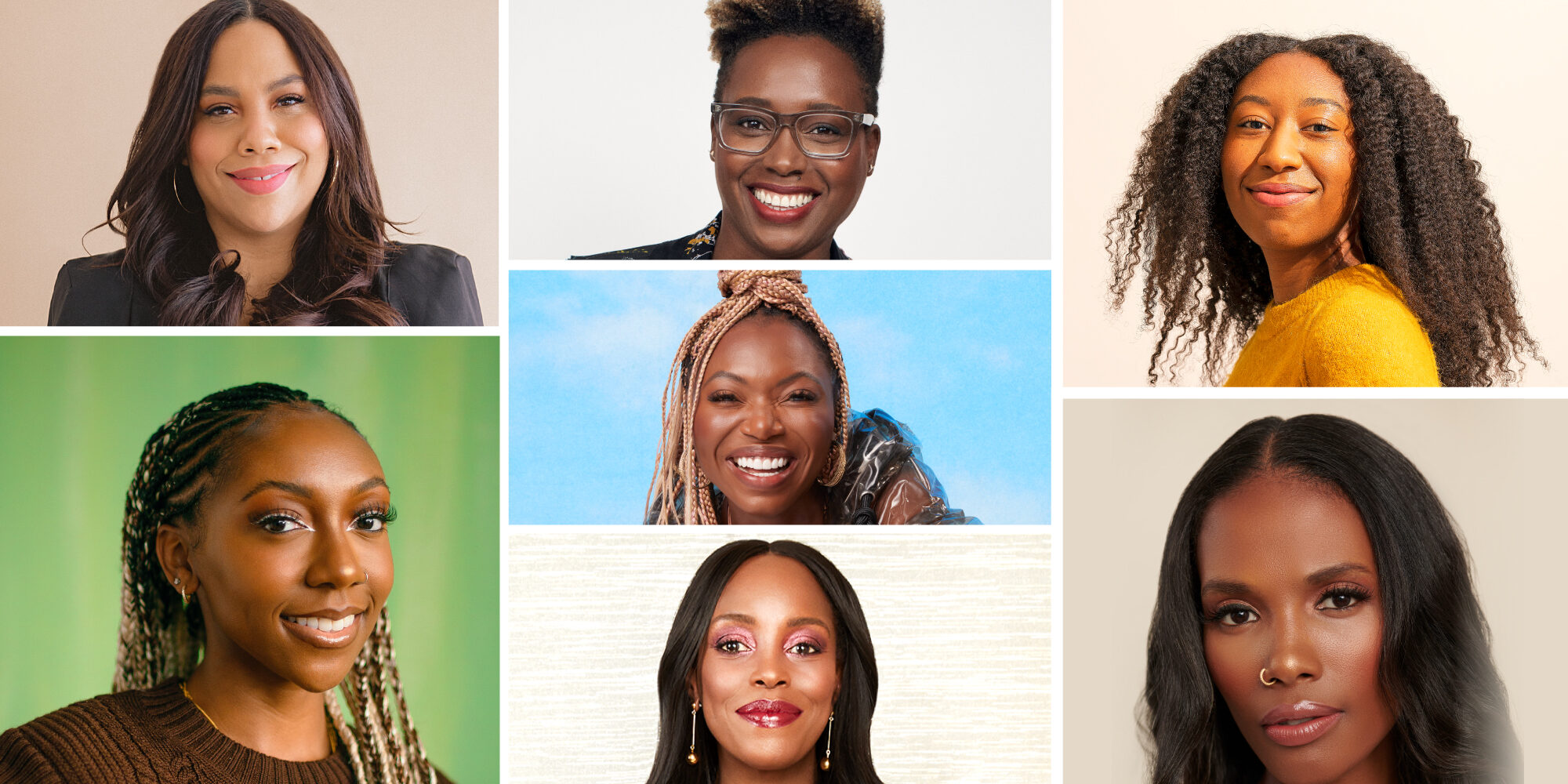
Eight Black Women Beauty Company Founders On What It’s Like To Raise $1M Or More
The dismal rate of funding for Black women-led startups has been an unfortunate fixture of the investment landscape. In 2020, 93 Black women raised over $1 million in venture capital and, in total, Black women-led startups received less than .5% of all venture capital, according to ProjectDiane, a biennial report on the state of Black and Latinx women founders by the organization Digitalundivided. Last year, only 27 Black and Latina women secured at least $1 million for their companies.
While being inducted into the $1 million club is rare as a Black woman founder, it’s not impossible as several beauty brand founders have demonstrated recently. We connected with eight who reached that milestone to find out about the challenges they faced fundraising, the importance of having a diverse capital table and advice for others looking to follow in their footsteps.

Trinity Mouzon Wofford, co-founder Golde
Amount raised: More than $1 million
Investors: HBFIT founder Hannah Bronfman, Nasty Gal and Girlboss founder Sophia Amoruso, Briogeo founder Nancy Twine, Live Tinted founder Deepica Mutyala
Why did you decide to go the fundraising route?
It’s great to bootstrap a business when it’s just the founders because you don’t need to pay yourself a market-rate salary, but, when you’re building a team, they need to be able to work for more than just equity. Raising money allows us to be able to build a team that’s fairly compensated with benefits like health insurance. That wisdom doesn’t always catch up to how we treat ourselves as founders, even this year our finance team was like, “You guys are the lowest paid founders we’ve ever seen. Please bump your salaries already.”
How would you describe the raise process?
Brutal! This is a common experience among Black women in the space, but you’ll get told by other people that, based on your incredible traction, this will be “so easy” and that they see white guys raising on triple those valuations and half the proof points on a daily basis. But let’s be real, we’re not those white guys. I am an “unproven” young Black woman, I don’t get the benefit of the doubt, ever.
We raised capital with an absurdly profitable business, an upcoming launch on the shelves of a major retailer and an unrivaled social following relative to our size. Still, it was extremely difficult to find investors that believed we could do it. You’re definitely up against additional hurdles.
What were challenges you came up against?
We had sort of done the impossible by scaling profitably to seven-figure revenues as a full-time team of two. It all sounds amazing, but investors wanted to see more of a team built out and more proof points that this could be more than just a successful “lifestyle brand.” That was tricky because, of course, we couldn’t afford to go recruit those team members without any outside capital! But they definitely want to see that you are capable of building and growing the company to 10x what it’s doing today. Having at least a couple of key hires on board who come from great companies and are proven winners can help make that case.
Who or what was helpful during the raise process?
Our cap table is overwhelmingly women and people of color. They were willing to believe in our mission because they fundamentally believed in us. At this early stage, it’s all about betting on the founders. So find the people who are ready to bet on you.
Did you try to retain a certain level of ownership?
We definitely did the dilution math and made sure we weren’t giving up way too much of the company at an early stage. But because we had gotten ourselves as far as we did without any capital in, we weren’t terribly worried. It’s tricky when you’re trying to raise over a million dollars, but your business is too early to justify more than, say, a $5 or $6 million valuation. You’re giving up a ton of equity, and you have to plan that you’ll have to raise even more down the road.
Overall, I think it’s more important to focus on bringing the right investors into your cap table than getting fixated on dilution. The wrong investor will give you a pie-in-the-sky valuation, but then push you to raise more and more capital to actually hit their revenue goals. You could end up more diluted that way, rather than just finding a capital partner that encourages you to grow at a pace that feels right.
Did you try to have a diverse cap table?
We didn’t really have to try, it just ended up naturally being a really diverse group. If your mission speaks to underrepresented investors, it works.
Were there any deal breakers for you as you pursued funding and sealed investment?
We avoided taking capital from anyone that showed red flags in the pitching process. If they were openly disrespectful, they got a pass from us.
Was there anything in your pitch that you think was particularly effective?
Creating a personal connection is really important. Google the investor beforehand, and take a couple of minutes before diving into the pitch to get to know them. That will help you to set up the pitch: Are they super analytical? How well do they know your market? Have they already heard of your brand before? Tailoring the pitch is really important.
How did your ideas about your ultimate goal/possible exit play into your funding route?
You definitely need to sell the big idea story. This is more about your overall vision for the brand and what you hope to accomplish with it. You don’t need to have an exact exit number in place, but there’s a big difference between building to a $10 million exit or a $1 billion exit. Being clear on this also helps you to align on what types of investors you want on your cap table.
What advice do you have for other Black women looking to start the raise process?
In the early stages, you have to remember that these investors are buying into you as a founder. You have to sell them on the story and the mission. You have to position yourself as the expert so that the investor trusts that they can rely on your leadership of the business. Be a resource as you walk them through your perspective on where the market is going, and why your business is poised for rapid growth. Lead the conversation always, don’t let anyone back you into a corner.
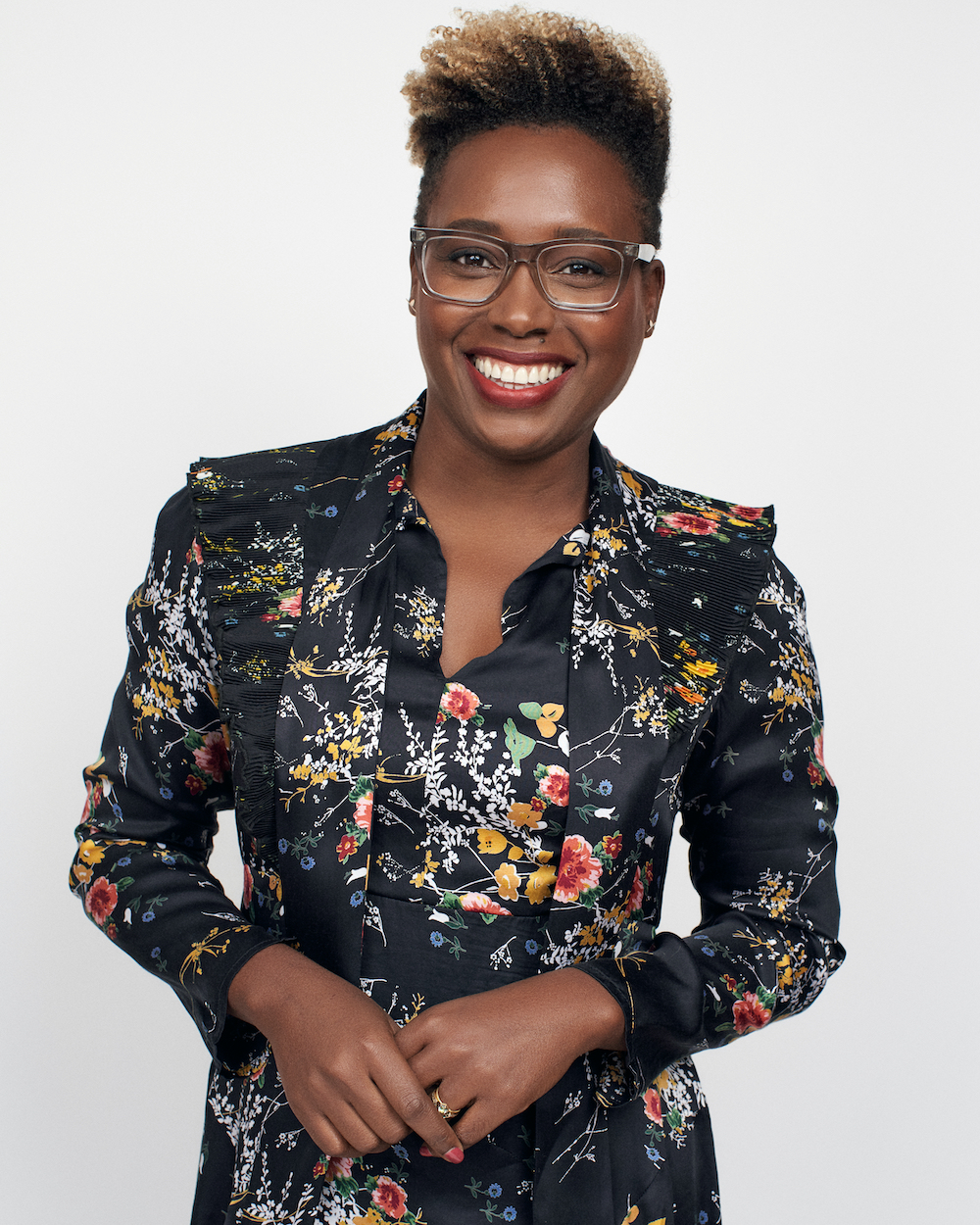
Karen Young, founder Oui The People
Amount raised: More than $3 million in an oversubscribed round
Investors: New Age Capital, Fearless Fund, Sixty8 Capital, Asia VC, Debut Capital, Julia Austin and Geoff Isenman
Why did you decide to go the fundraising route?
We’ve identified a clear white space and a very unique approach to that space as well as a brand that really connects with our audience. With solid metrics and a sound foundation, we could tell the story of scale and owning a segment of the market. That was a proposition we felt could be supported by venture capital.
How would you describe the raise process?
Our lead investors, New Age Capital, were on board from our first round in 2018 and clearly understood the vision since then and backed me as a founder. There was no question that they’d lead the round, and the remaining came together in a short timeframe.
What were challenges you came up against?
Raising capital in the midst of a pandemic was a unique challenge as I met our new investors over Zoom calls only.
Who or what was helpful during the raise process?
I’m lucky to have involved angels and institutional investors on board, but, quite often, the lead investors set the tone and pace. So, of course, they were incredibly helpful.
Was there anything in your pitch that you think was particularly effective?
We’d had a few years under our belt to establish sound metrics and thoroughly understood the opportunity. That paired with my passion and approach to building the next big beauty brand was effective.
How has the investment allowed you to grow your brand?
We’ll be using the capital to scale our team, product and marketing.
What advice do you have for other Black women looking to start the raise process?
Be prepared to understand and speak to the 100-foot view as well as the 10,000-foot view of your vision. Both are important!
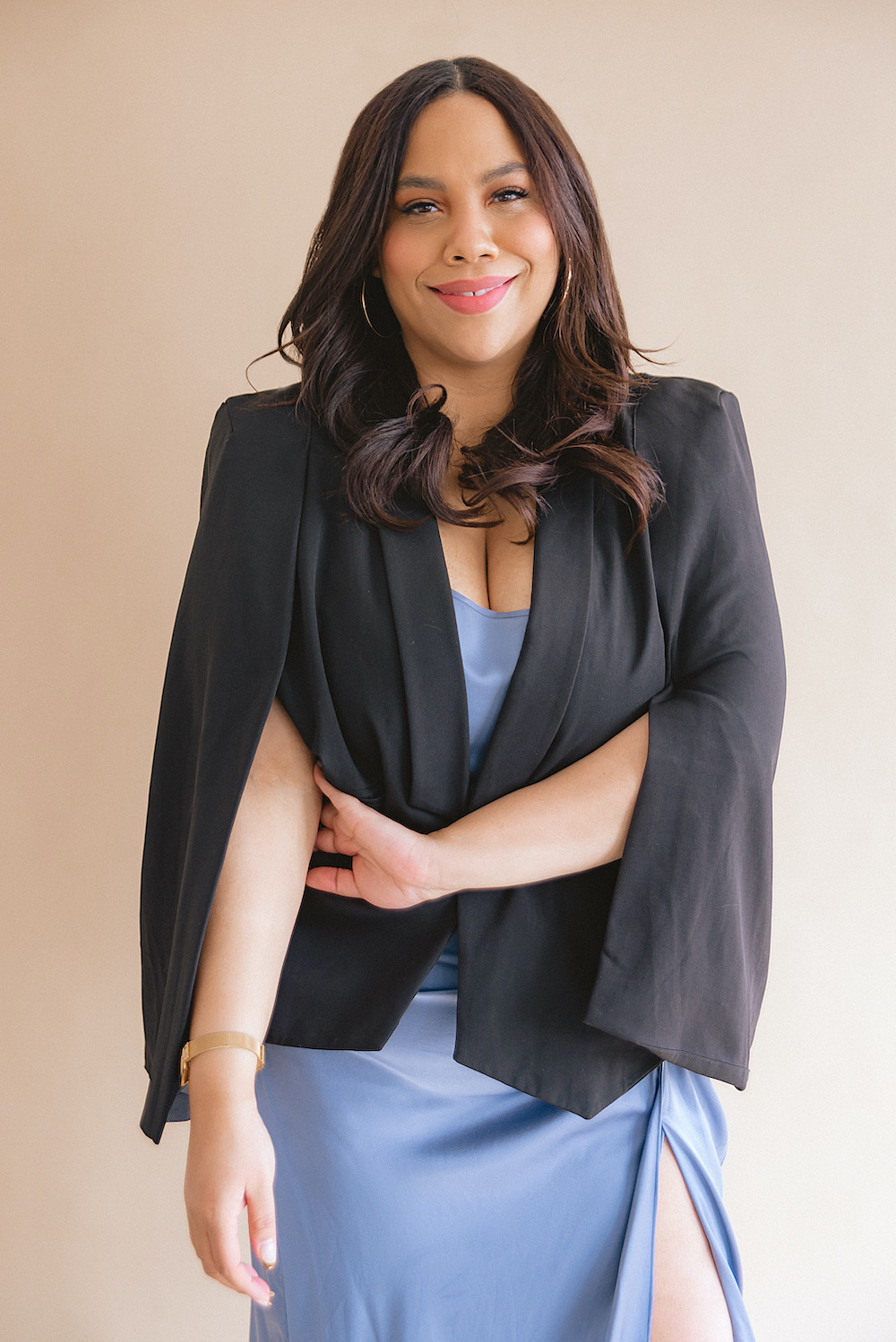
Angela Ubias, co-founder of Common Heir
Amount raised: $2.5 million
Investors: Trousdale Ventures and Mucker Capital
Why did you decide to go the fundraising route?
We’re innovation heavy and invest a lot in R&D because we believe we’re fundamentally bumping up against what the industry is capable of. We decided to really lean in once we proved our mission with our first product launch and seek capital to help us realize and execute against the vision of Common Heir in an impactful way.
How would you describe the raise process?
Despite our expertise and experience, we still faced a lot of noes that, although never explicitly stated, I don’t think we’d have encountered had we not been founders of color. We were quietly told that having a man—or male silent partner—would allow investors to take us more seriously. It was challenging and a test of endurance I’d never faced before.
What were challenges you came up against?
Building a brand at the beginning and subsequent height of the pandemic was uniquely challenging. We invested our own capital until our community beta turned around and said, “We need you to exist. Please let us invest in you.” That was a major turning point for us.
Who or what was helpful during the raise process?
Chatting with other founders was supremely helpful. They offered advice on our pitch, made introductions and were a massive source of support.
Did you try to retain a certain level of ownership?
We had serious discussions at each stage and in many cases would ask ourselves, “Would we want to own 100% of a company that doesn’t make it to market, or bring on partners to take this vision to market and prove that what we’re building can be possible?” The answer was always, “Let’s build the vision in a way we intuitively feel good about and only partner with those that we feel a real connection with.”
Did you try to have a diverse cap table?
Absolutely we did and part of that is a function of tapping into our own networks. Investors are like a part of your team. It became very clear to us that having a holistic, value-added perspective is part of bringing a diverse cap table together. We were happy to align with people who saw the potential in our idea, and it just so happened that many of them were women and other female founders we look up to.
Were there any deal breakers for you as you pursued funding and sealed investment?
Our general rule of thumb was simple: If it’s not a love match, there’s no need to force it. If we had to meaningfully change our thesis or business model to cater to a single investor, then it was a no. If there was anyone who said, “Let me ask my wife…” Your wife might not be our customer. Look at the market and data we’re giving you!
Was there anything in your pitch that you think was particularly effective?
Traction is the most effective thing you can bring to an investor and always, always remember that you are presenting an opportunity to investors and it’s not the other way around.
How did your ideas about your ultimate goal/possible exit play into your funding route?
We’re laser-focused on building something that means something to people, something that helps elevate their daily rituals. That’s the only thing we spend our time on.
How do you think the fundraising space could be better than it is today?
More opportunity to mentor young founders and investors to help them build a track record so that we don’t have tokenism in a VC firm.
How has the investment allowed you to grow your brand?
We’re able to focus on truly groundbreaking innovation on the formulation side of the business and also build out our team and support our retail partners and expansion meaningfully.
What advice do you have for other Black women looking to start the raise process?
Lean on your community, be that friends, professional network, family or even others in the industry that you admire. Fundraising for us is not for the faint of heart, and it’s a test of conviction and endurance. Fortunately, there are so many people who have or are currently breaking barriers to help us get the opportunities we deserve, and I know that will only increase in the months and years to come.
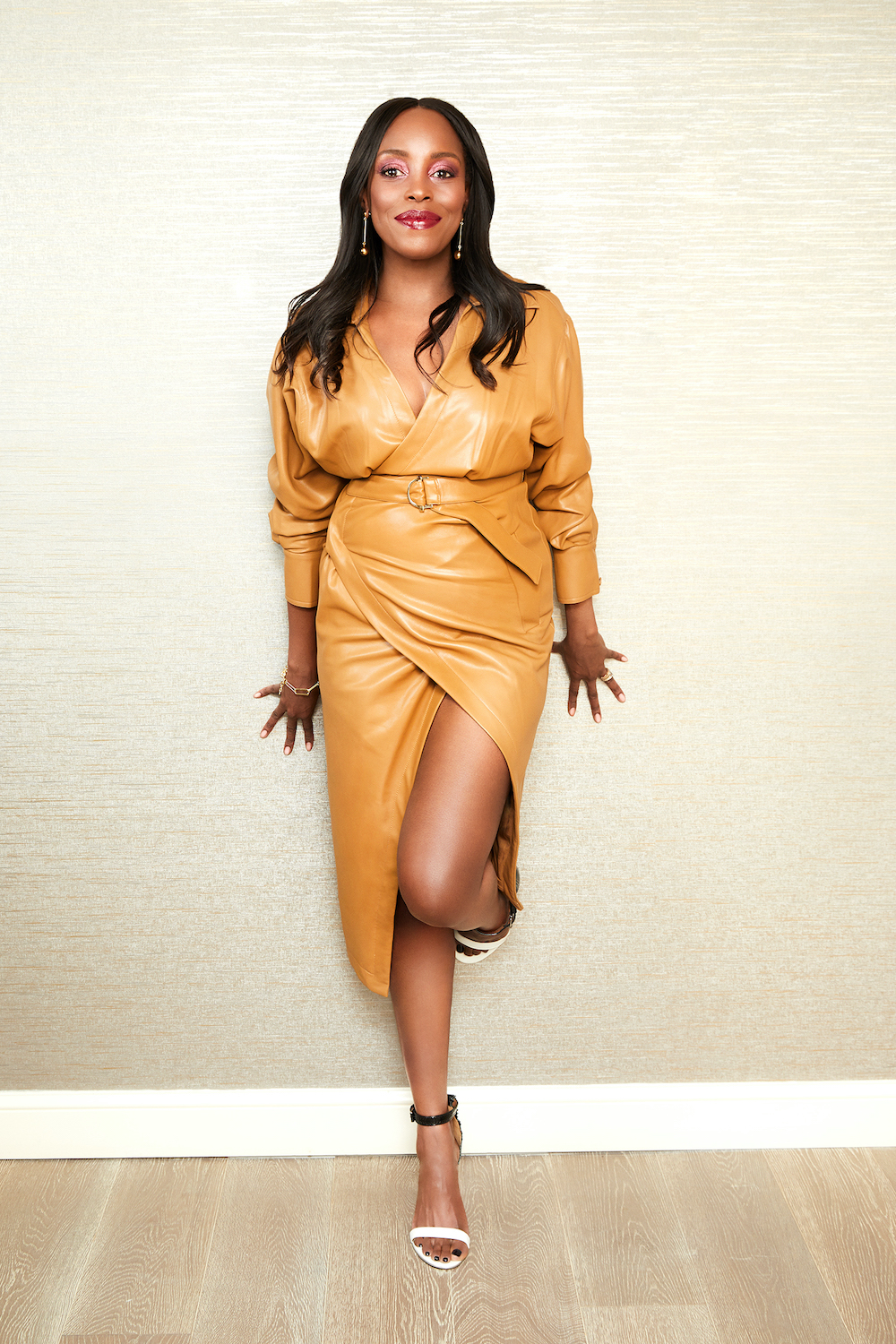
Nyakio Grieco, co-founder of Thirteen Lune
Among raised: $4.5 million
Investors: Fearless Fund, Capstar Ventures, Fab Ventures, Swiftarc Beauty Fund, Gaingels
Why did you decide to go the fundraising route?
Thirteen Lune was experiencing rapid growth solely from online sales at the time. We decided to fundraise to prepare for the supercharge of growth Thirteen Lune experienced when we launched in J.C. Penney stores and to keep up with our thriving e-commerce business.
How would you describe the raise process?
It can be an exciting time, but there are lots of ups and downs. You have to trust in your vision and realize that some noes are for the best and that you’ll find the right investor for your vision without compromising.
What were challenges you came up against?
I’ve learned a lot about funding since launching Nyakio Beauty in 2002. When I first started to fundraise for my own brand, I found it extremely difficult. I was unaware of the systems and blocks that were in front of me as a Black woman founder. Black business owners statistically receive less funding than their white counterparts, but there is more interest than ever in inclusivity, and there are venture capital firms like Fearless Fund that specialize in funding Black-owned businesses.
Who or what was helpful during the raise process?
Our unwavering conviction with our mission to amplify BIPOC-founded beauty brands. Thirteen Lune is so much more than a retail platform, and it is my responsibility as a co-founder to see this through to incredible success, all the while building these brands alongside us.
Did you try to retain a certain level of ownership?
We are fortunate to have secured financing with terms that were very founder-friendly allowing us to maintain majority ownership.
Did you try to have a diverse cap table?
As a brand with diversity and inclusion at the forefront of everything we do, we found it valuable to have a diverse group of partners who believe in our vision of inclusivity in the beauty industry.
Were there any deal breakers for you as you pursued funding and sealed investment?
We were committed to finding a partner that aligned with the mission and vision of inclusion, and we were successful in doing so with Fearless Fund as our lead.
Was there anything in your pitch that you think was particularly effective?
Our pitch was effective because we found investors and a team that believe in Thirteen Lune’s mission. As a brand founder, you must have confidence in your vision and that will make others believe in your business, too.
How did your ideas about your ultimate goal/possible exit play into your funding route?
Our primary focus is scaling and growing this business. We are being mindful every step of the way to ensure a successful exit whenever the time is right for all those involved in Thirteen Lune to have a successful outcome.
How do you think the fundraising space could be better than it is today?
Black and brown people make up the majority of consumers yet Black businesses in average receive four times less funding than other companies when raising capital. VC funds need more inclusive investing. There is not just a lack of diverse investments, there’s a lack of diverse investors. We need more diversity on the investor side and, by default, we will get more diversity on the other side.
How has the investment allowed you to grow your brand?
We are building our omnichannel strategy, investing in key team members and developing our own brand with the capital raised.
What advice do you have for other Black women looking to start the raise process?
Be persistent, but understand that some noes could be more valuable than a yes if it means compromising your vision or giving up too much control of your company.
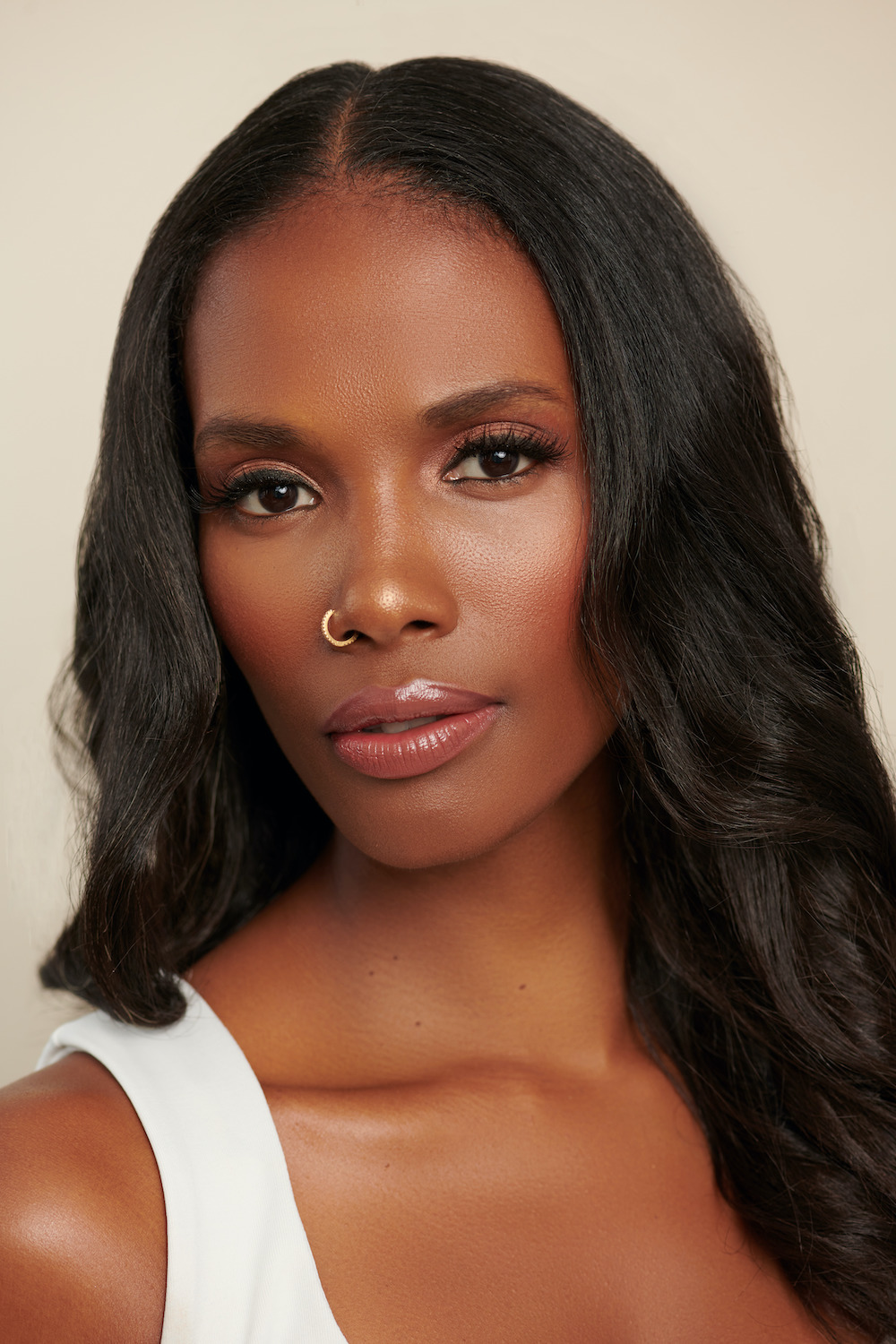
Melissa Butler, founder and CEO of The Lip Bar
Amount raised: $2 million
Investors: Richelieu Dennis’s New Voices Fund
Why did you decide to go the fundraising route?
It’s incredibly difficult to win at retail and drive innovation without funding. Also, entrepreneurs have been using other people’s money for centuries, why shouldn’t it be afforded to my dreams as well?
How would you describe the raise process?
It can be daunting because there is this unyielding feeling of needing something from someone else and feeling like you are not in control, which can be tough for a founder who is expected to lead. The way to circumvent this is to remember that you have value. They aren’t giving you money, they are investing in you because, ultimately, they believe they will receive a return on their investment.
What were challenges you came up against?
We actually didn’t have any challenges. Our investment came from my mentor who was well versed in the CPG space, believed in me and the business. I actually didn’t even pitch him. We were on a call and he said, “You need money, huh?” and the rest is history.
Who or what was helpful during the raise process?
First, have confidence in what you’ve built. Second, have a clear way of articulating what you’ve built and what is next. And, finally, speaking to other founders who have done what you want to do or are actively doing it is incredibly helpful as it gives you perspective—and reminds you that you’re not crazy. I encourage everyone to network in order to learn from other people’s mistakes.
Did you try to retain a certain level of ownership?
For sure! Every founder who is building something they believe in wants to retain as much value as possible. If you think of your business as an investment, it’s in your best interest to allow that investment to mature.
Did you try to have a diverse cap table?
The overwhelming majority of my cap table is owned by women and/or people of color. I’m beyond proud that my all-women team is filled with such passion and dynamism.
Were there any deal breakers for you as you pursued funding and sealed investment?
This one was simple for me: No assholes and no investors who would come in and think they know what’s best for the business without knowing the business. What we’ve been able to build at The Lip Bar is nothing short of amazing. We’ve only raised $2 million and, with that, we have an award-winning tinted moisturizer, concealer, liquid matte lipsticks and our Fast Face System that is designed for you to get the look in minutes. That being said, I was clear that I wanted support, but was unwilling to work with people who would try to change the vision.
Was there anything in your pitch that you think was particularly effective?
Using data to tell the story is always helpful. I start with the value proposition of the business and immediately go into highlights. This will keep people engaged.
How do you think the fundraising space could be better than it is today?
I think middle-of-the-funnel brands find it more difficult to raise funding than early- or later-stage businesses. TLB is definitely in the middle of the funnel as we’re way beyond proof of concept, but not quite ready for a liquidation event yet we’re scaling. In my experience and conversations, I’ve had with investors, it’s easier to raise $1 million or even $20 million than it is to be in the middle of the road ($6 million to $10 million). There should be more companies willing to invest in the scaling businesses.
How has the investment allowed you to grow your brand?
The $2 million investment allowed us to focus on innovation and bring our revolutionary Fast Face concept to market. We invested heavily in people, marketing and innovation. Prior to fundraising, we only sold lip products. Today, lip is only 45% of my business and our face category is driving triple-digit growth.
What advice do you have for other Black women looking to start the raise process?
Know that they will try to put you in a box. Know that people separate women from Black women. Know that no one is better than you. Know who you are and that you have value. And go out there and kill it!
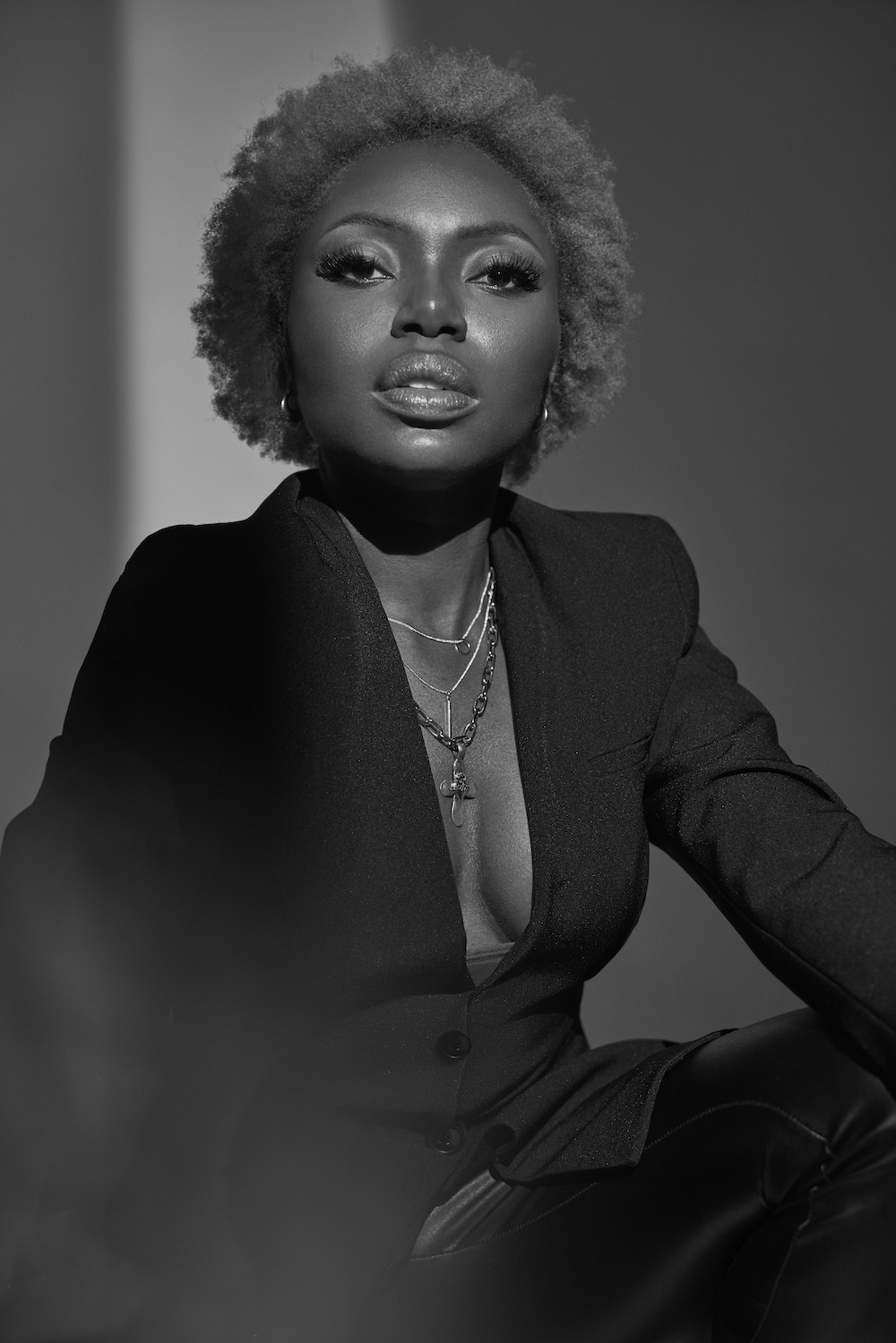
Sharon Chuter, founder of Uoma Beauty and Pull Up For Change
Amount raised: $5.5 million
Why did you decide to go the fundraising route?
I chose to go the fundraising route because I was launching at a very big scale. I launched straight into 203 Ulta Beauty stores. I launched both in the U.S. and in the U.K., and I didn’t start small. I started big, which requires a lot of capital to be able to meet the commitments. I also launched with 108 products, which might have been the largest beauty debut at the time. Inventory alone was 2.2 million euros.
What were challenges you came up against?
A lot of bias. Especially for Black founders, people assume that you can’t do it. I obtained a lot of advice from an investor who thought he was being helpful. He said I had great ideas, but what I needed to do was get a middle-aged white male as my co-partner, and I was going to be able to unlock money instantly.
There were two types of biases. Another is against females. I think, as of 2019, only 2% of investment went to women and 98% went to men. People just don’t believe in women. I was getting questions like, “What does your husband think about this?” People told me that what I was trying to do would require so much work and, because I’m a woman, they thought I would crumble under the pressure, but we got through it at the end.
Who or what was helpful during the raise process?
I was very lucky, after struggling for about six months, to find someone who was able to understand that ecosystem. The investor ecosystem is shrouded in secrecy. It’s one of the reasons, when you’re someone of color, you don’t even know who the right investors are. There are so many words floating around and, if you don’t have an introduction, it’s very hard because you can’t just go on LinkedIn to hunt them down. Unless you’re introduced, you don’t typically get a response. So, for me, it was really great having people introduce me.
Did you try to retain a certain level of ownership?
Yes, of course. You don’t want to get over diluted. You must be thinking in your raise that you’re going to be raising more. So, you don’t want to go crazy in your first raise because, if you do, by the time you’re ready to sell your business, you won’t even own 2%. Every time you’re raising money, you’re giving away equity of your business. So, you have to be careful until you’re able to get very high valuations, which happens later.
Were there any deal breakers for you as you pursued funding and sealed investment?
Back then there weren’t because I didn’t know any better. Now that I’m doing my second raise, there are a lot of deal breakers. I read the fine print now. I cannot scream this enough: Even though you are desperate for money, investment is a marriage. Period. It’s easier to get divorced than it is to leave an investor. Literally. It can very easily turn into a prison.
So, for me, you have to be very careful about who they are. What kind of structure do they have? Are they private equity? You have to do that research and that work first to even know, what stage am I? Who’s the right investor to actually come in there? You can have some investors and the way they manage things will cripple your business. Some investors have so many reporting requirements that all of your time will be spent reporting and not running the business.
Do some reference checks even though you’re the one who is desperate for the money. Go and ask other people who they’ve given money to. Look at their track record. There are a lot of investors who end up taking the person’s business over completely. You should steer away from that investor. You shouldn’t think you’re going to be different. If a man cheated on his ex-wife, he’s going to cheat on you. Use that logic. There is no difference when you’re going for investments. I think that’s really critical.
What advice do you have for other Black women looking to start the raise process?
I have three things. First, come prepared and understand you’re not going to get a pass. A white male can typically go in there and get a pass because they went to the same private school as the investor, they played sports together, they went on the same vacation. You’re not going to have any of that. You’re probably not going to have anything in common with them because they are typically middle-aged white men or women you’re talking to. There is going to be no point of connection. You have to understand it’s going to be a functional sale and not an emotional sale. Do your research.
Second, the investors are investing in the founder. So, you have to think about how you are presenting yourself. Would you invest in yourself? I see this a lot when people watch “Shark Tank” or they watch “American Idol,” and the music makes them cry and they say, “Oh you’re so passionate,” and that’s because music is an industry of passion. You want somebody who’s passionate and in touch with their emotions. In business, you cannot go there and beg. You cannot go there and cry. You cannot go there and plead.
You cannot do any of those things because what that shows them is that you’re likely going to be an irrational CEO. What they want to see is a balanced CEO who understands how to play the game, who understands how to negotiate effectively, who understands how to sway people. These characteristics are not only going to be good for you in getting money, but that’s going to be key to seeing how you actually run the business.
And, when you are in the early stages, they invest in You. 90% of startups fail, so they expect most people will fail. And they know only the founder will get them through when things are tough in an early-stage company. There is no denying that. The founder is going to have to work harder than anyone else. People are going to pick up, people are going to quit, people are going to resign, people are going to move on, and it always falls back on you.
You’re going to have to have the energy, you’re going to have to be the one awake at night, you’re going to be the one doing the impossible. If you cannot do it, your business will not thrive. And that’s why investors pay so much attention to you as a founder. Don’t get too carried away in your business pitch and forget how you’re presenting yourself and what they are going to be seeing around you.
The third and most important tip is you’re going to get a lot of noes. When you get a no, ask for a recommendation and ask for an introduction. Don’t walk out of that room without an introduction or following up to get an introduction. Once again, the investor community is shrouded in secrecy. So, for every one person you meet, try and get three introductions from them. Don’t be afraid to ask because, guess what, they are used to that. That’s how they all help each other out. That’s how they all know each other.
So, when you finish that meeting and they say no, go, “Absolutely, I understand that the stage I’m in is not suitable for your business, but do you know any other investors who might be more appropriate for the stage I’m in?” Don’t get emotional or keep malice with them. That person saying no could be the person purchasing your business 20 years later for $2 billion. So, keep every relationship.
It’s OK to use that no as fuel, but don’t outwardly show that. Make sure you don’t stop talking to them. Meet with every investor that you can, even if it’s not relevant to where you are today. Take every meeting and refresh that relationship every six months. That’s the best advice I could give to anybody.
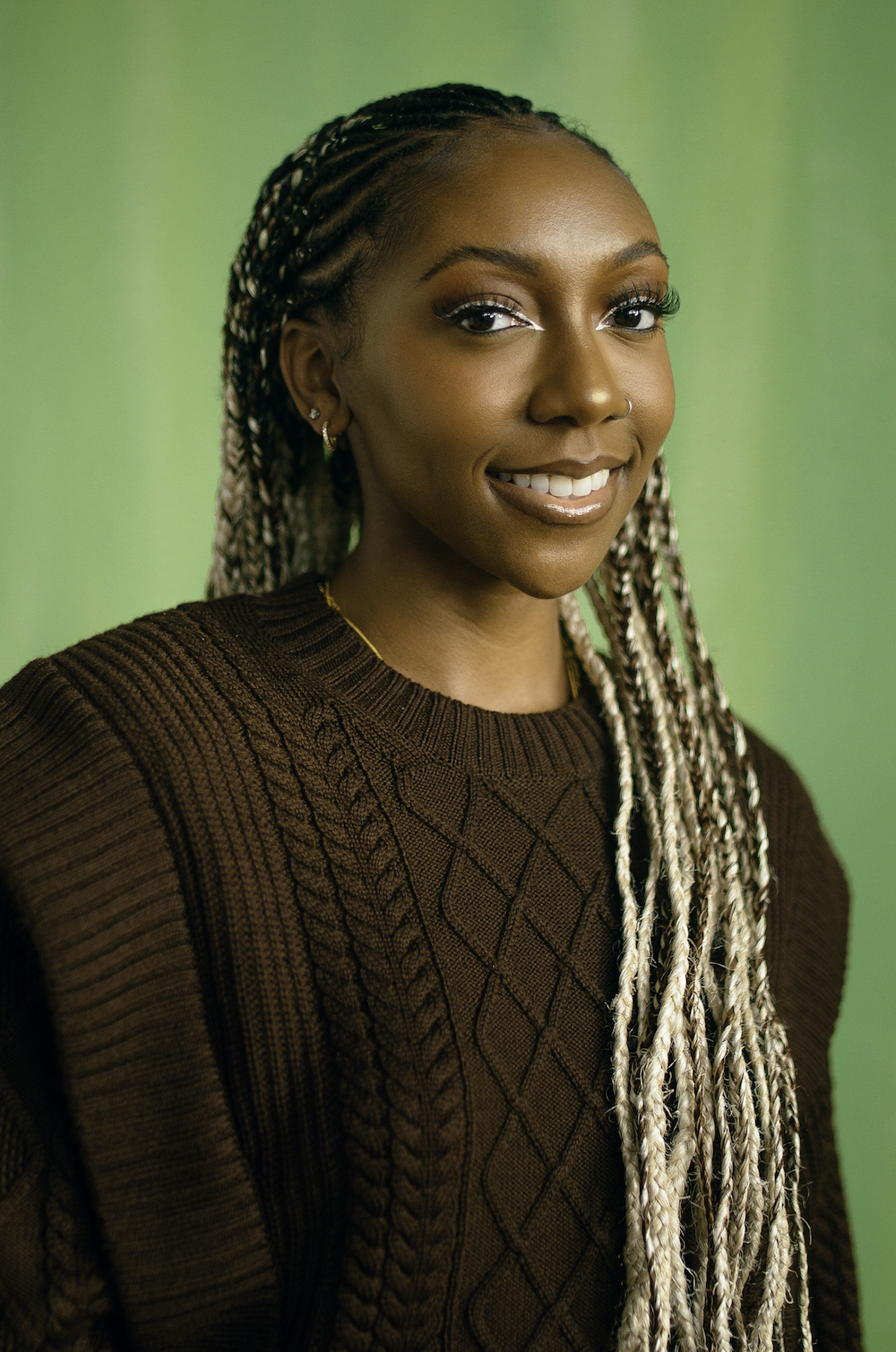
Ciara Imani May, co-founder and CEO of Rebundle
Amount raised: $1.4 million
Investors: RareBreed Ventures, M25, Closed Loop Partners’ Ventures Group, Sku’d Ventures, Arch Grants, Chicago Early, Big Delta Capital, Precursor Ventures, Evergreen Climate Innovations, Innocreative Capital, The Syndicate Angels, Portfolia Rising America
Why did you decide to go the fundraising route?
Our demand exceeded our ability to keep up with supply, and we needed to be able to scale our operations to produce more. We realized we weren’t going to be able to bootstrap and meet the demand that way.
How would you describe the raise process?
It was definitely challenging. I did something that’s called a rolling close, so I fundraised for around nine months from when we got our first check to when we closed. As a first-time founder, it was really difficult, but I think that our product and our business speak for themselves. I had a lot of inbound interest, which was easier to manage rather than trying to identify the right investors to pitch to.
Who or what was helpful during the raise process?
Our first investor and our lead investor were both really helpful when it comes to understanding the lingo and expectations and helped with intros to other investors. I was also going through the Google for Startups program at the time in the middle of the raise, and they were helpful as well.
Did you try to have a diverse cap table?
A lot of our investors are industry agnostic, so I guess it’s diverse in the way. When it comes to the demographic, we have a few Black VCs on our cap table, which is great. That was important. We also have a fair amount of women, and we have Black women, so we have the intersection of those two. For the most part, it’s important to have representation on our cap table at this stage because it’s only going to get more difficult as we raise more money.
Were there any deal breakers for you as you pursued funding and sealed investment?
All of our investors have to have at least an understanding of who our customers are, the product and the industry that we’re in. I try not to work with investors who I have to explain exactly what our product is or how it works.
Was there anything in your pitch that you think was particularly effective?
I think we were able to show market fit and demand, and we were also able to quantify the average number of people who experience scalp irritation as well as the amount of waste in the industry. So, being able to quantify is helpful for investors who don’t necessarily understand the product.
How has the investment allowed you to grow your brand?
We made a few hires, we’re growing to a larger production facility, and we’re going to focus on product development. Those are our main priorities.
What advice do you have for other Black women looking to start the raise process?
I went through a few programs before I started raising so I at least had a general understanding. Then, having approachable investors early on will help in some of the harder conversations down the road.
Also, I saw a tweet from a founder a couple of weeks ago who said that, before they announced, they decided to leave a little bit of room for any additional investors who would want to come in after the announcement. I didn’t anticipate that happening for Rebundle, but it did happen. So, I think this is a strategy to consider if you raise under your max by like $300,000 or something like that. Even if you can’t take all of the money, it adds brand value and could be an important connection down the line.
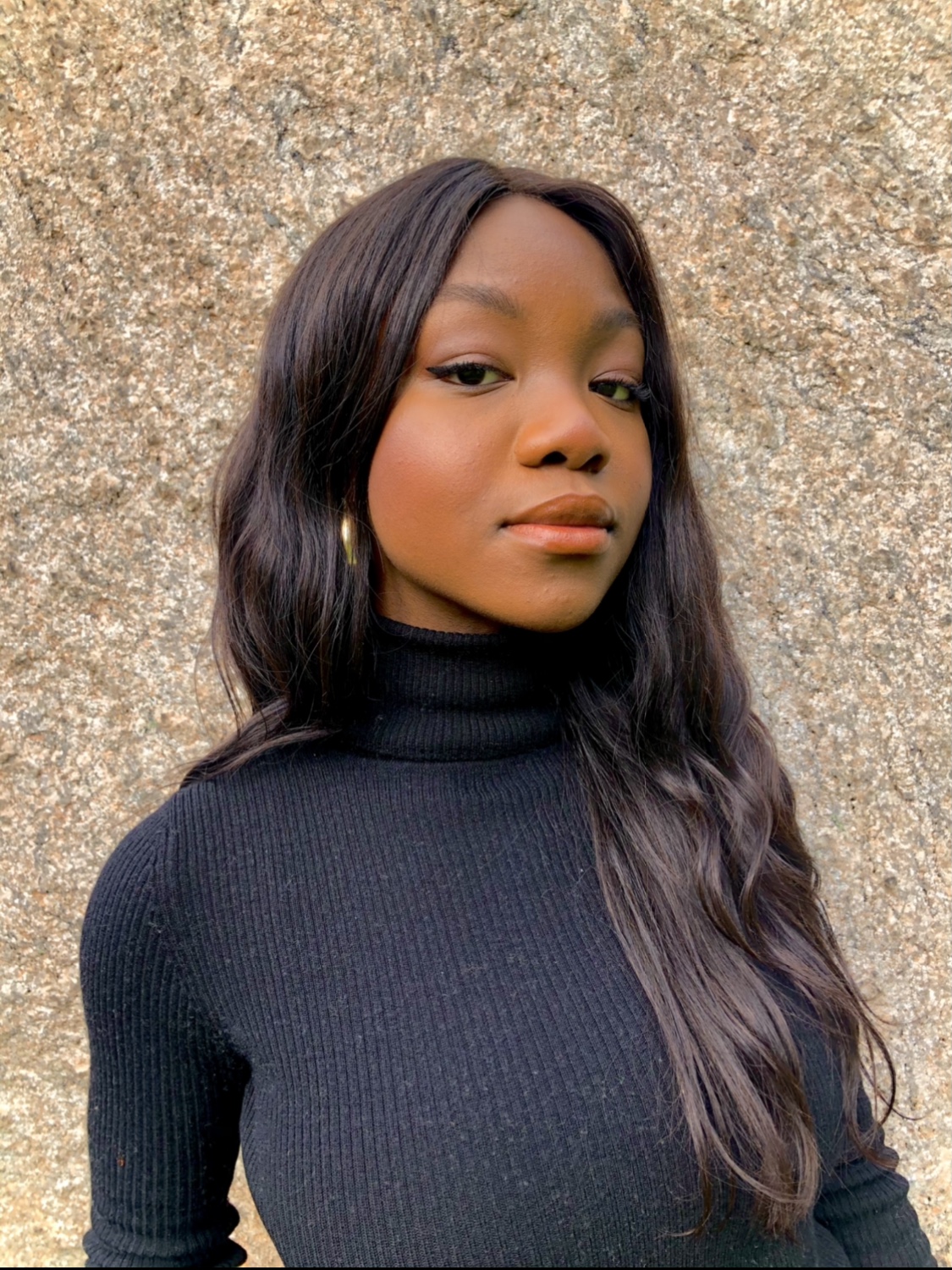
Mary Imevbore, co-founder and CEO of Waeve
Amount raised: $2 million
Investors: Pillar VC, Maveron, Chord Commerce co-founder and former Glossier COO Henry Davis, Chord Commerce co-founder and former Glossier CTO Bryan Mahoney, PillPack co-founder TJ Parker, PillPack co-founder Elliot Cohen
How would you describe the raise process?
It can be very fast paced, but, before the fast part, there’s a very long and slow process of getting your messaging together.
What were challenges you came up against?
How to explain the product and the market, how to make the story come alive, and maintaining energy while saying the same thing over and over again.
Who or what was helpful during the raise process?
Having family around me. I did a lot of the fundraising while home in Connecticut during the lockdown in summer 2020.
Did you try to retain a certain level of ownership?
Not really. It was my first time doing this, and ownership didn’t really matter. I saw fundraising as a way to give myself my dream job, so ownership mattered less. I just wanted the right people around the business.
Was there anything in your pitch that you think was particularly effective?
We did a lot to make the story we were telling come alive. You can’t ignore narrative and storytelling when raising. Of course, no story works without the data to back it up, but data is of little use if it is not presented in a compelling way. We had graphics, we made videos, we told stories, we showed quotes, we made it come alive.
How did your ideas about your ultimate goal/possible exit play into your funding route?
I believe you just need to have an idea. A VC is only interested if there’s an exit.
How do you think the fundraising space could be better than it is today?
It’s still too referral-driven, in my opinion. I am a beneficiary of that, but I can see how exclusionary it is. I understand why things are that way, but we need a better system.
What advice do you have for other Black women looking to start the raise process?
Start, and tell everyone around you that you are starting. Anyone you know who you think may be helpful, ask them for advice. If you want money, ask for advice—advice on the deck and the idea, how you’re presenting it and then the pitch. Then, incorporate that advice and follow up. If someone’s interested, you won’t have to ask for the money. Your deck, of course, should indicate that you are raising money.
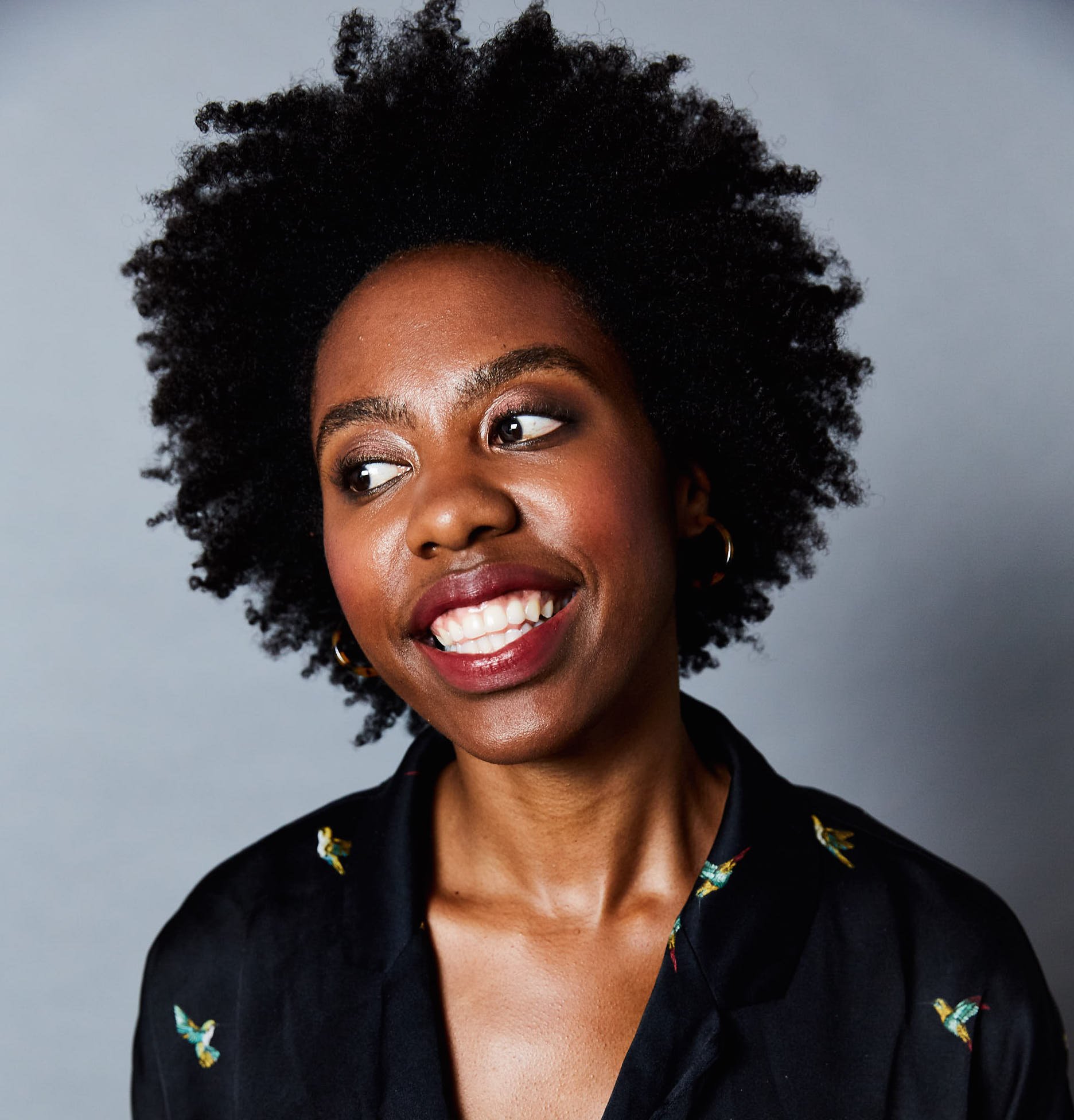
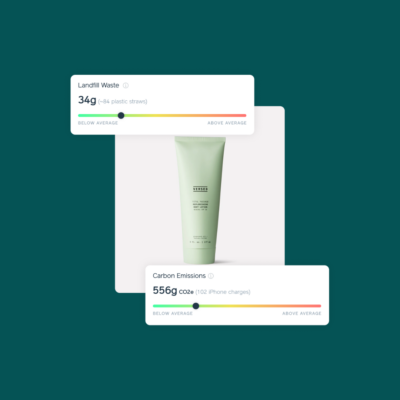
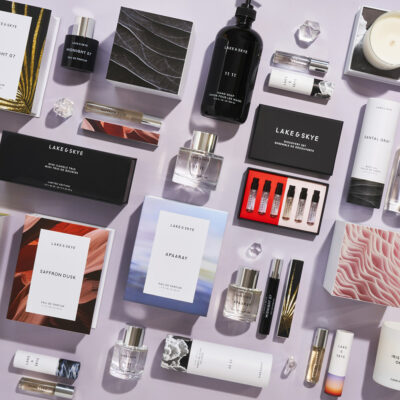

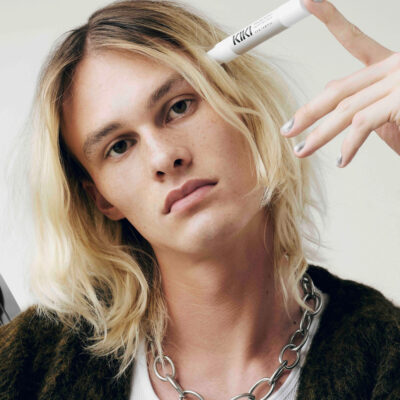
Leave a Reply
You must be logged in to post a comment.